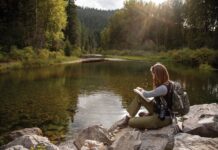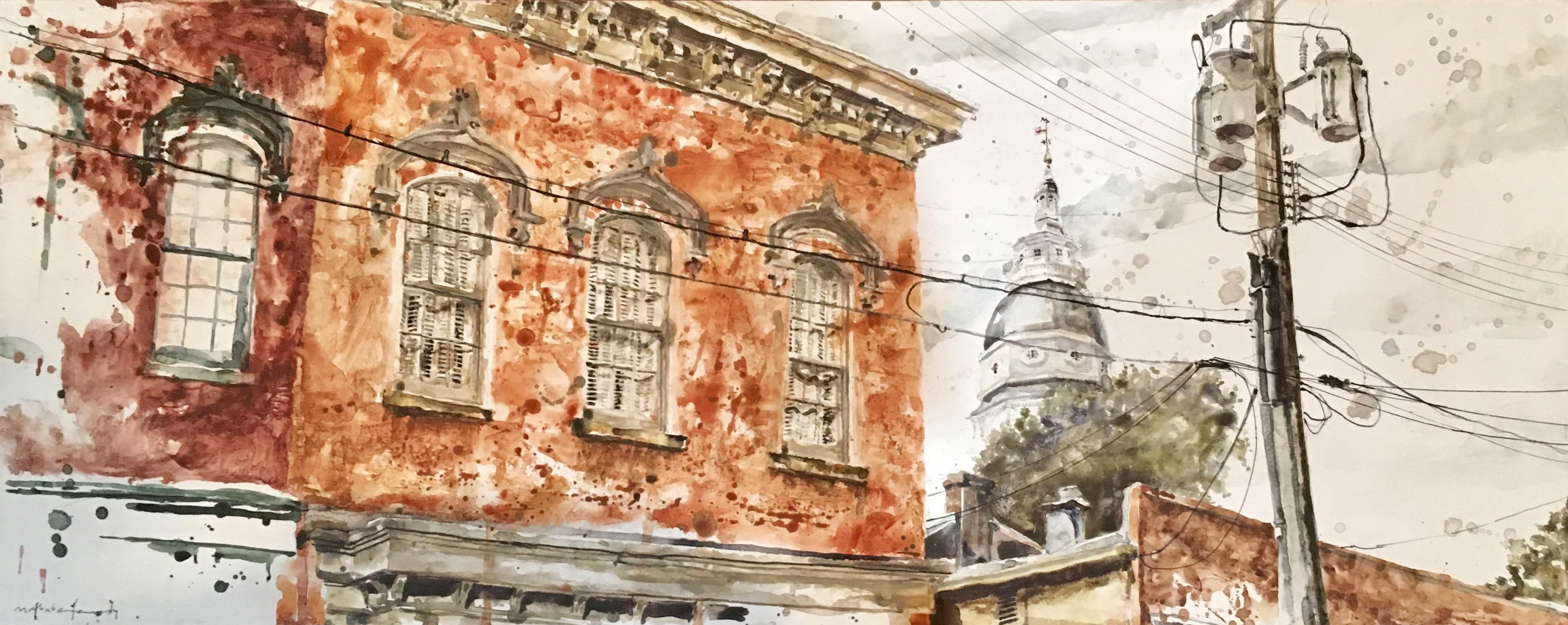
Mat Barber Kennedy has never considered himself a purist. “I’m always experimenting in the studio,” he says. “My work is unmistakably watercolor, but I’ve spent years trying to escape the flatness of the page by adding non-water-soluble elements, thickening agents, and collage, applying paint straight from the tube with my fingers and palette knives, and rubbing it away with shirt sleeves and paper towels.”
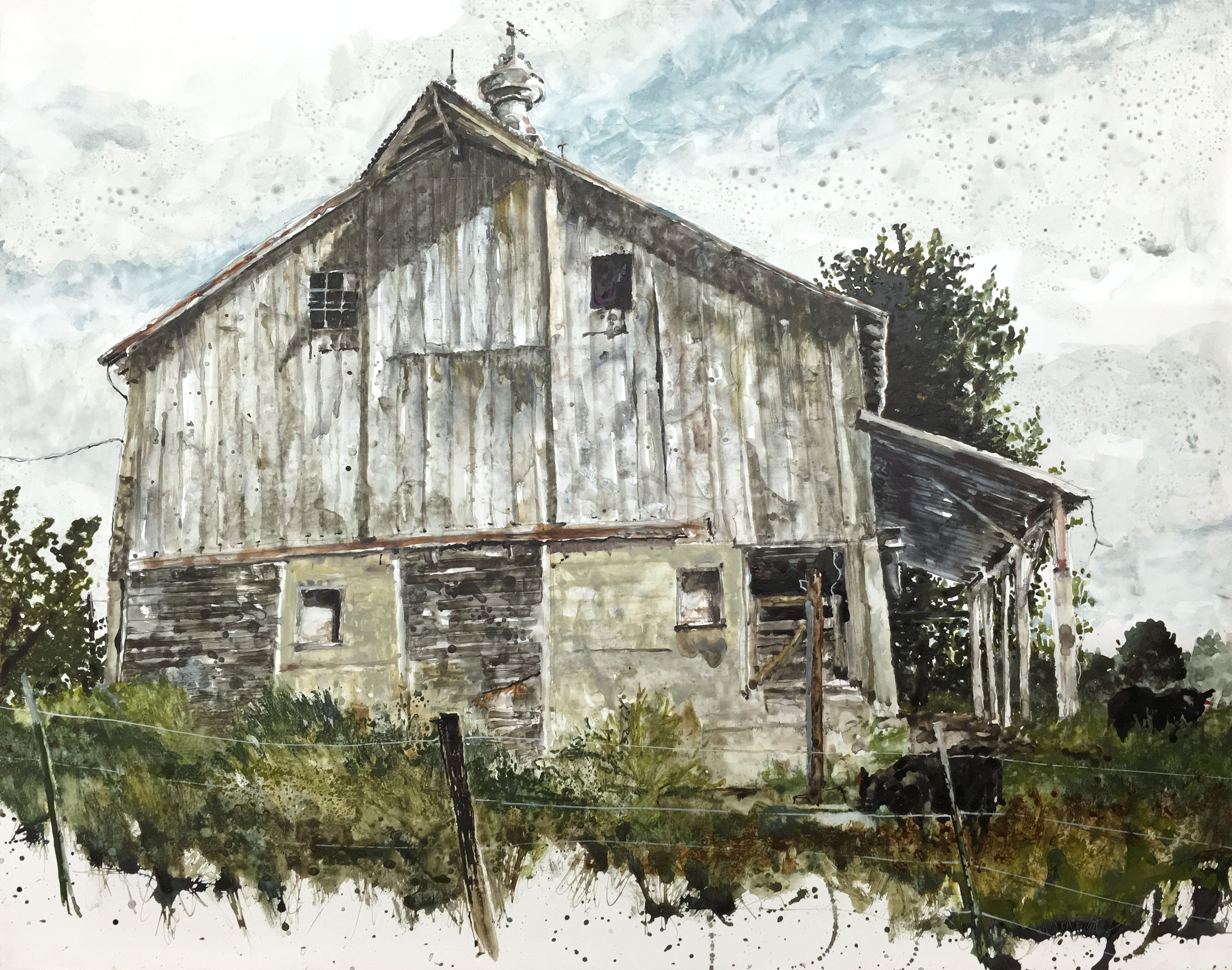
He even sprinkled handfuls of dirt into his first washes for some historic museum pieces he made recently at the Olmsted Plein Air Invitational in Atlanta. “It created texture and brought authenticity of place,” Kennedy says. “There are lots of things that I try in the studio that fail, but every success gets added to my tool belt and expands my vocabulary.”
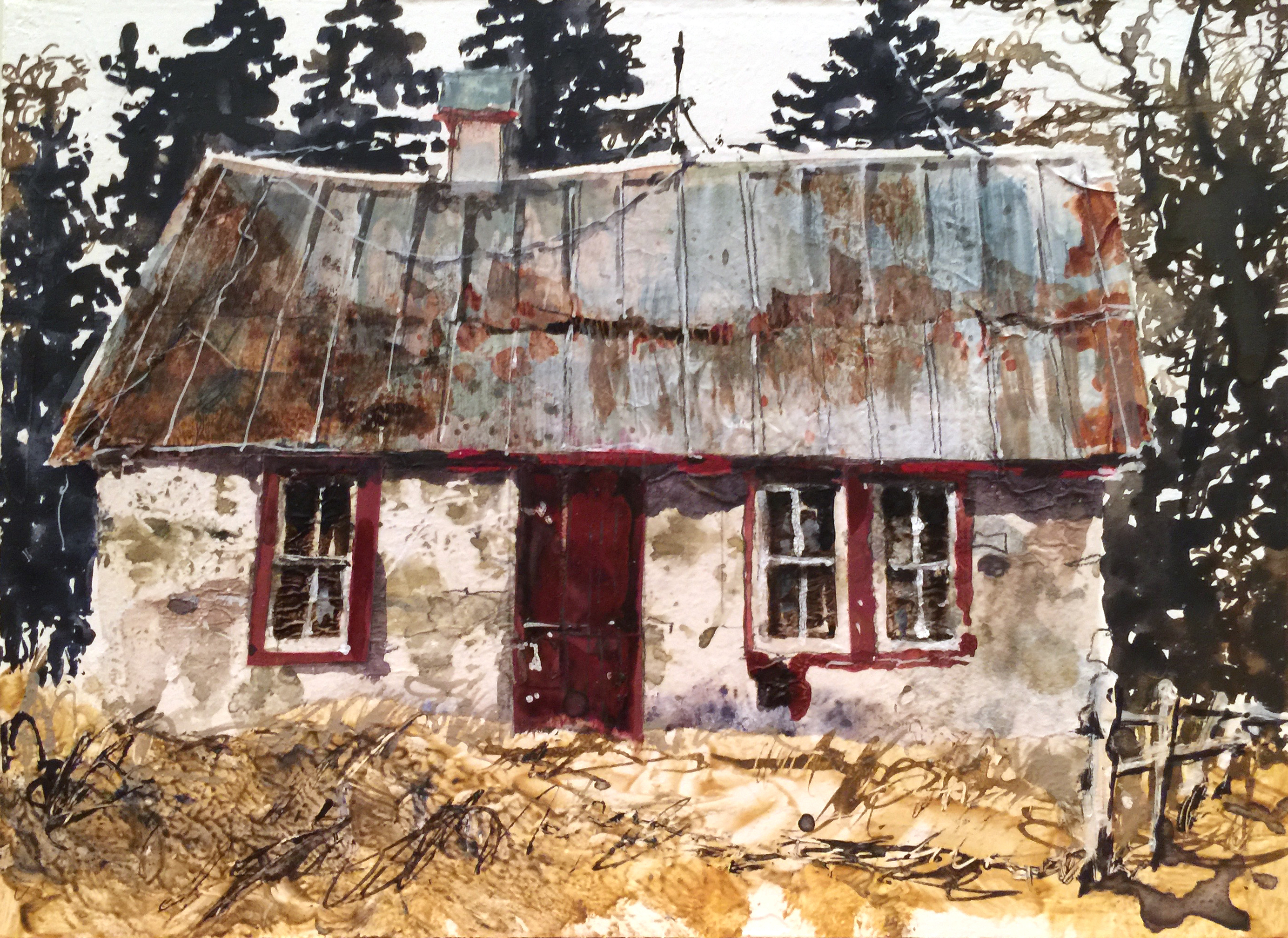
Building texture the way Kennedy does requires long periods of drying time, which often allow for him to produce two paintings at once. “Usually there is an attention to surface detail that just takes layering and more layering and cannot be rushed,” he says. “The attention to detail in the context of a loose and vibrant overall image is one of the things that I think people can recognize in my work.”
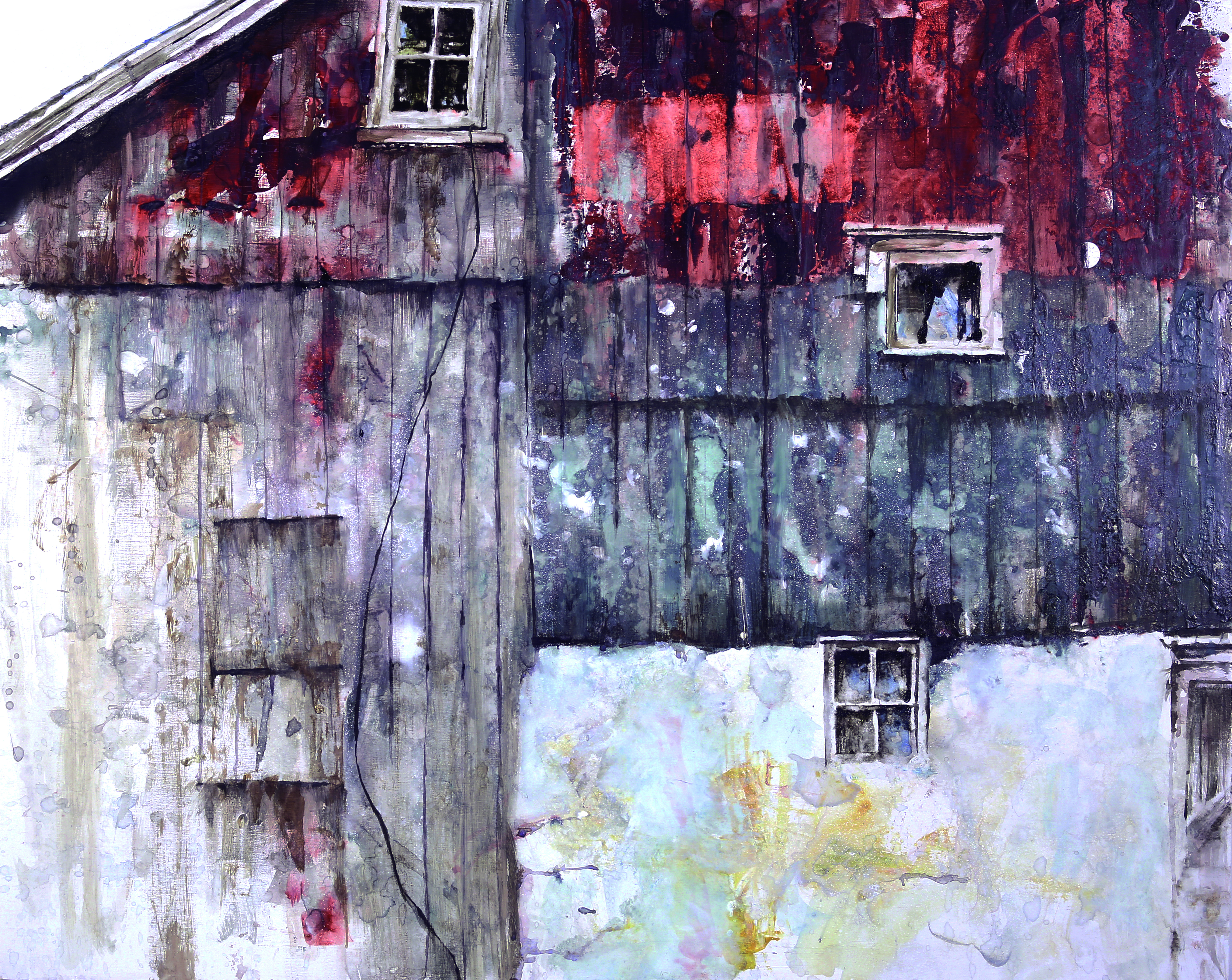
He builds the major masses quickly, but then areas of focus and precise detail require a slow and sequential building of layers and specifics. “The looseness keeps the painting from becoming clinical,” Kennedy says. “The tightness lends the painting an exactness and specificity that can only come from careful observation.”
For more innovative approaches to watercolor painting, check out Ryan Fox’s video workshop.


